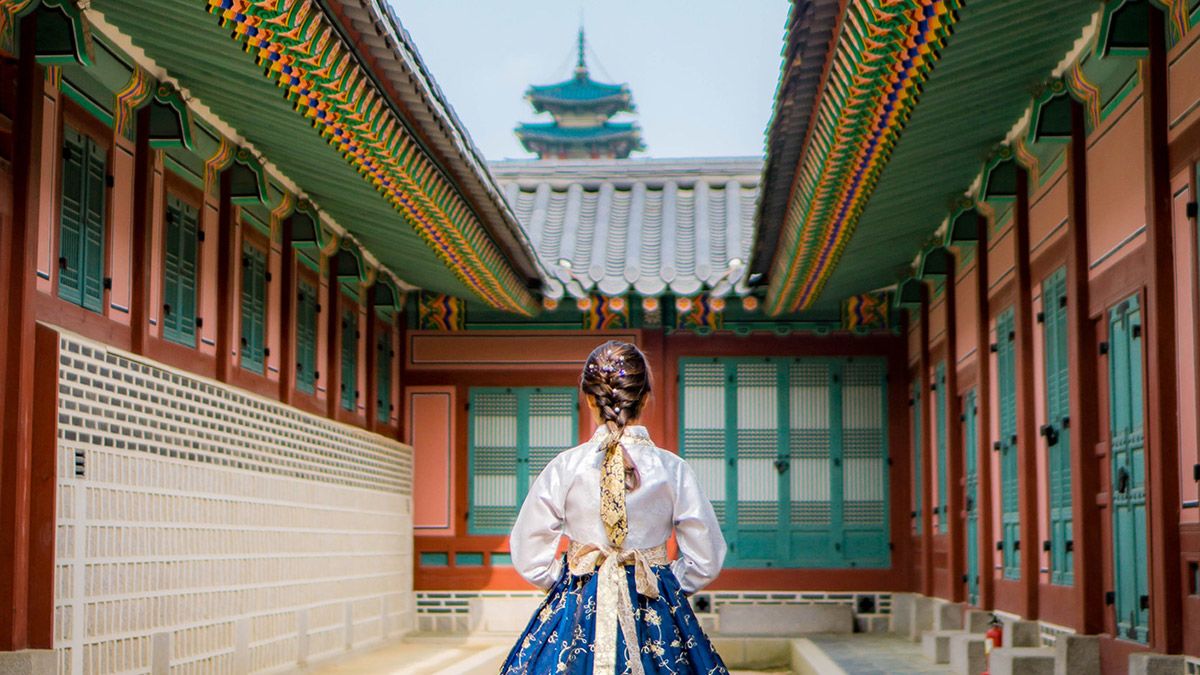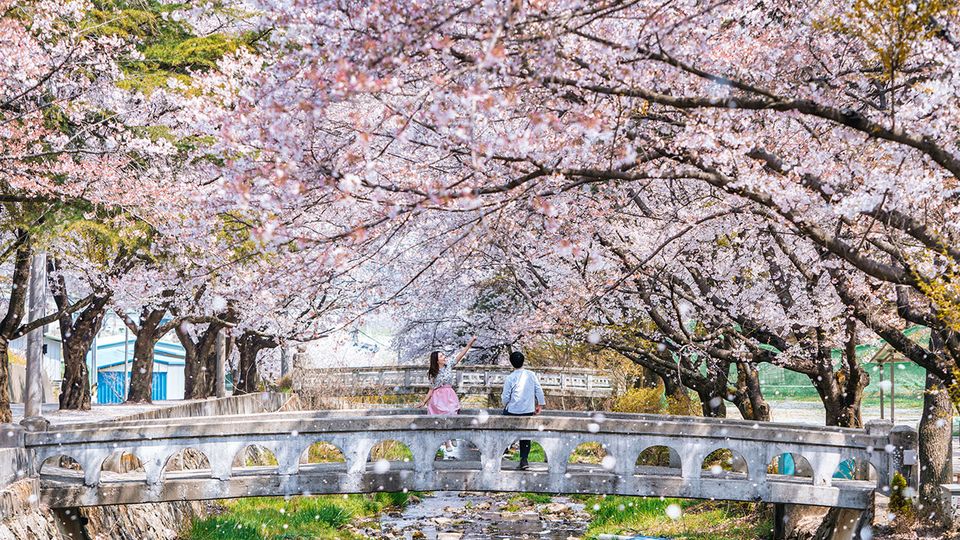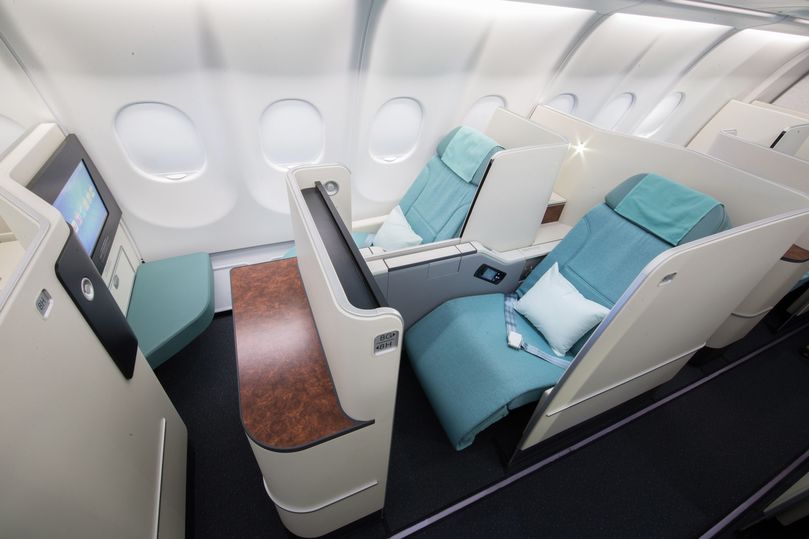South Korea reopens to tourists, no quarantine or visas required
It’s good news for travellers craving authentic Korean BBQ.

South Korea is the latest Asian destination to welcome back international travellers, with no quarantine for most vaccinated arrivals including Australians taking effect from April 1 – just in time for peak cherry blossom season.
And to make it even easier to visit ‘the Land of the Morning Calm’, the country is re-activating the visa-free and visa-waiver arrangements which had been suspended due to Covid-19.
This applies to Australia and New Zealand, although the Government advises that “non-visa holders must now obtain a K-ETA (Korea Electronic Travel Authorization) prior to travelling.”
A negative PCR test will still be required within 48 hours of departure, followed by a second PCR on the first day of arrival, and a self-administered RAT on days six or seven.
Overseas visitors will also need to add their details to the country’s Q-CODE passenger entry system prior to arrival, with information such as passport number, departure country and airline, and address in South Korea and vaccination record all required.
Yes, that’s still a far cry from the pre-pandemic days – but after scanning a QR code at immigration you’ll be free to venture out and explore South Korea’s spectacular cities, wild national parks, and cultural villages.
Insook Lee, Director of Korea Tourism Organization Sydney, says the change is well-timed, noting a pent-up demand for travellers wanting to experience the real South Korea, particularly after the viral success of TV show Squid Game.
“We want Australians and New Zealanders to discover that there is so much more to see, from dramatic UNESCO World Heritage Listed islands like Jeju, to our incredible temples, palaces, museums and art galleries, cherry blossoms and snow, as well as our diverse culinary experiences. Now is the time to discover South Korea,” says Lee.
Australians looking to jet off straight away will be able to take advantage of thrice weekly direct flights from Sydney to Seoul on Korean Air, as well as twice weekly aboard Asiana Airlines.
Both airlines employ the reliable Airbus A330 to Australia, with Korean Air’s ‘Prestige’ business class equipped with fully-flat beds, and Asiana’s ‘Smartium Class’ angled flatbed a worthy alternative.
Reviewing Korean Air's A330 business class in 2019, Executive Traveller found that despite the 2-2-2 layout, a small corridor from the window seat to the aisle – passing in front of their neighbour's seat – affords direct aisle access and gives these window seats are private, almost suite-like feel.
Korean Air also plans to resume its Brisbane-Seoul service from July, after the route was put on ice during the early days of the pandemic.
As previously reported, Korean Air is taking over Asiana following a $2.2 billion buyout which will catapult the South Korean flag-carrier to become one of the world's largest airlines – although the Asiana brand will subsequently disappear, as will all of the combined airlines’ A380 superjumbos.
Walter Cho, Chairman and CEO of Korean Air, sees 2022 as a crucial year for the airline, not only as it completes the acquisition of Asiana but navigates the post-pandemic landscape.
Earlier this year, he said the carrier’s goal was to become one of the top 10 airlines globally, with the merger to “reform the Korean aviation industry, and allow us to write a new history”.
Visitors attend Jinhae Cherry Blossom Festival
Qantas has also confirmed it will begin direct flights from Sydney to Seoul in December, as the airline continues to spread its wings to new destinations as part of a post-pandemic expansion. It won't be going it alone though, with Jetstar to launch thrice-weekly flights between Sydney and Seoul from November 2.
“South Korea is Australia’s fourth largest trading partner and Koreans see Sydney as one of the top tourism destinations” says Qantas Group CEO Alan Joyce.
“With expected strong business, premium leisure and low-cost travel demand on the route, we see an opportunity for both Qantas and Jetstar to fly on the route.”
Qantas says South Korean travellers consistently rank Australia as the top destination they want to visit.
The 11-hour journey will be undertaken by a Qantas Airbus A330 featuring 28 lie-flat Business Suites, although there’s no premium economy cabin between business class and economy; Jetstar will fly its own Boeing 787 Dreamliners, where the business class cabin is more akin to premium economy.
Additional reporting by David Flynn


Hi Guest, join in the discussion on South Korea reopens to tourists, no quarantine or visas required